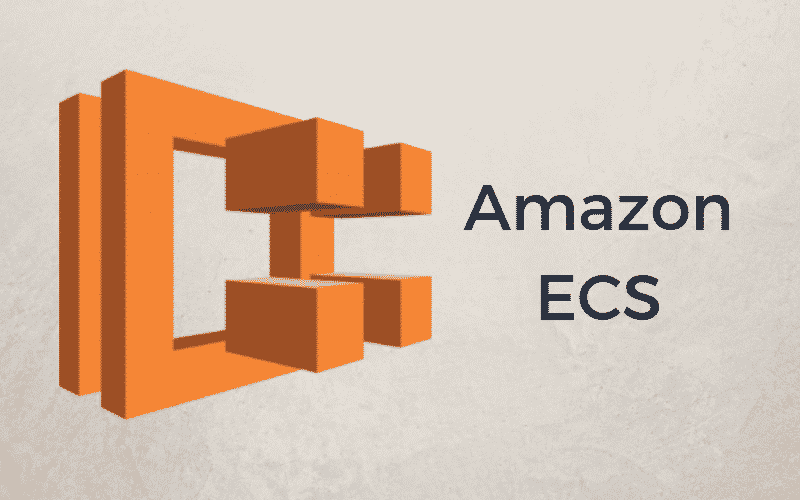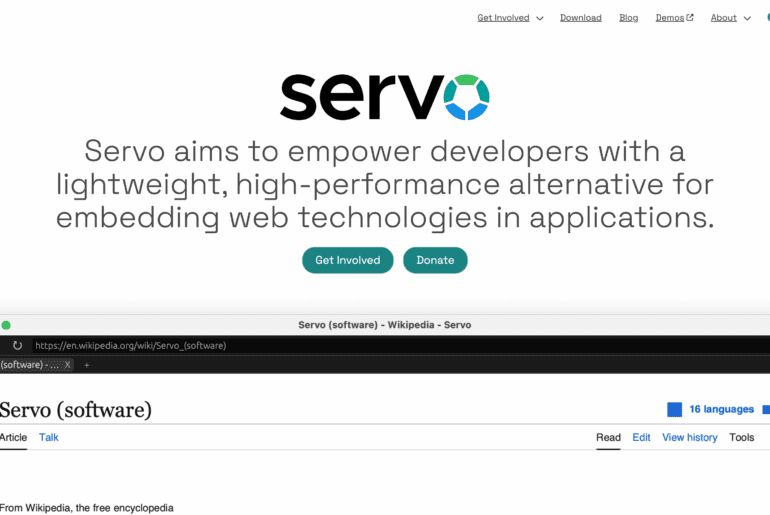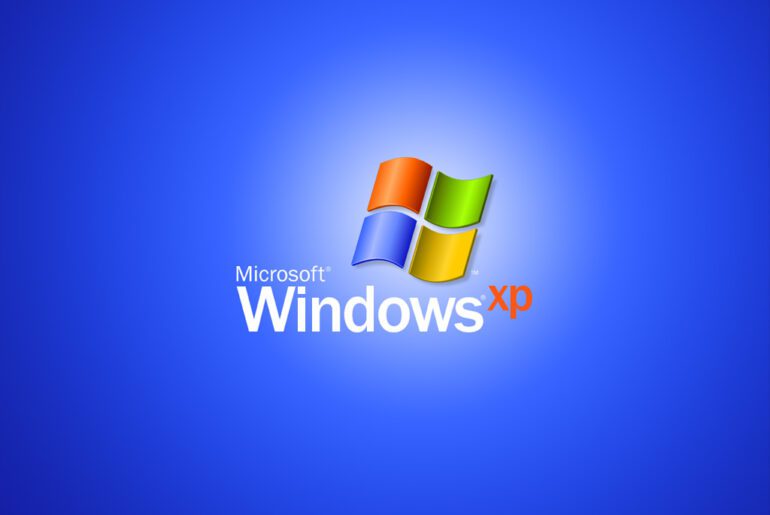Amazon Web Services (AWS) is officially going all-in on IPv6. On Monday, the company announced that Amazon Elastic Container Service (ECS) now supports IPv6-only workloads, meaning developers can run containerized applications without relying on the decades-old IPv4 system.
The world has been running out of IPv4 addresses for years. Enterprises juggling thousands of containerized apps face bottlenecks, expensive workarounds, and even service delays. NAT gateways—used to translate between private IPv4 addresses and the public internet—have become a costly necessity. A single NAT gateway can run hundreds of dollars a month per Availability Zone, not to mention the public IPv4 address charges.
“IPv6 isn’t just a compliance checkbox anymore—it’s quickly becoming the only practical path forward,” said an AWS solutions architect who works with federal agencies, where IPv6 adoption is already mandated by regulation.
With this launch, Amazon ECS tasks can now run in IPv6-only subnets. That means:
- No more dual-stack complexity.
- No NAT gateways required for internet access.
- Seamless integration with AWS services like Elastic Container Registry (ECR), CloudWatch, and Secrets Manager—all over IPv6.
For companies deploying thousands of services, the cost savings could be substantial. More importantly, it reduces networking headaches that have become standard in cloud architecture.
Beyond cost, there’s a security angle. IPv6 support means enterprises can enforce access rules with cleaner, IPv6-native security groups and track flows with VPC Flow Logs—without juggling translation layers. For highly regulated industries, that visibility isn’t optional.
AWS’s move also puts pressure on competitors like Microsoft Azure and Google Cloud, both of which support IPv6 but haven’t pushed it as a default for containers. “This feels like AWS saying: we’re not waiting for customers to ask—we’re leading,” noted one industry analyst.
Of course, switching isn’t as simple as flipping a switch. Companies with existing IPv4-based ECS workloads will need to plan migrations. AWS recommends a blue/green strategy: spinning up new IPv6-only services in parallel and gradually shifting traffic using load balancer routing or DNS policies.
For some, that means running two versions of the same app during the transition—costly in the short term, but a safer bet than risking downtime.
IPv6 has been “the future of the internet” for nearly two decades. But with cloud-native apps scaling faster than ever, IPv4 exhaustion has gone from an abstract problem to a very real blocker. The timing of AWS’s move is no accident.
For startups, it could mean avoiding a pile of unnecessary NAT charges. For government agencies, it means staying compliant. And for AWS itself, it’s a way to cement its reputation as the cloud provider that adapts first to tomorrow’s internet.
“This isn’t about supporting a new protocol—it’s about making cloud apps simpler, cheaper, and more secure,” said Olly Pomeroy, a senior ECS product manager at AWS.










